Who Knew Yuma’s role in American History?!?
Gail didn’t. Mark had an idea that it related to the American Expansion West. The Colorado River Crossing at Yuma has a rich history, as an important transportation and communication gateway:
- from the time of pre-contact Native American tribes (ancestors of the modern day Quechan and Cocopah tribes) who discovered the natural granite outcroppings that narrowed and calmed the mighty Colorado River enough to cross it
- between New Spain and Alta California during the Spanish colonial period
- between the American Southwest and California during the time of the American westward movement
- for transcontinental Railroads…the Southern Pacific Railroad crossed the Colorado River at Yuma, enabled by the Gadsden Purchase.

Events continue to occur at the Yuma Crossing that are of significance in the development of the Southwest, California, and the nation, for example its role in western water reclamation. We learned a lot, visiting the Yuma Crossing National Heritage Area, over the last 3 days. It includes Yuma Territorial Prison State Historical Park, Colorado River State Historical Park, two riverfront parks on either side of Yuma Crossing, and Pivot Plaza with interpretive signs telling many stories of Yuma Crossing and…a big Train Engine!
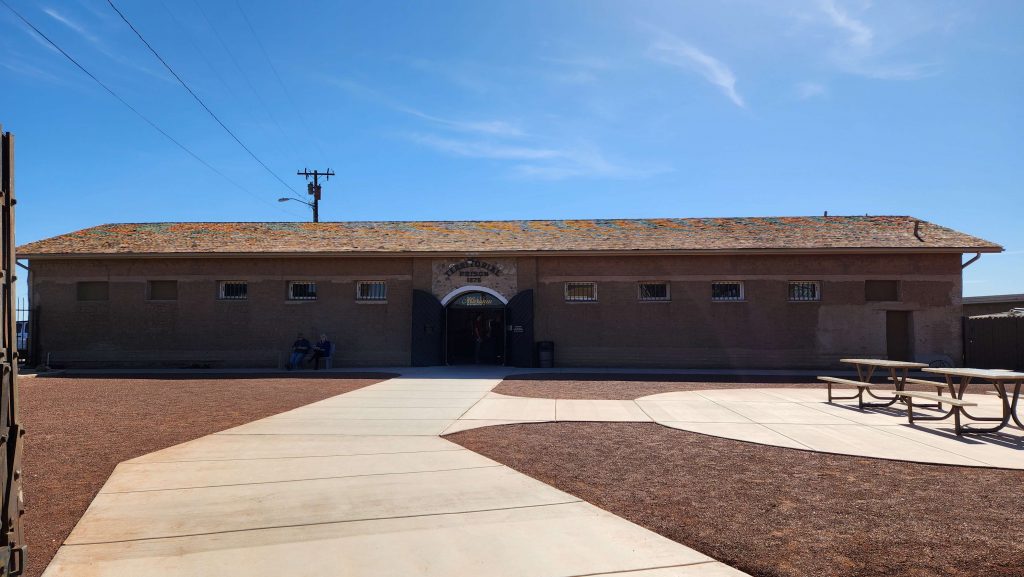
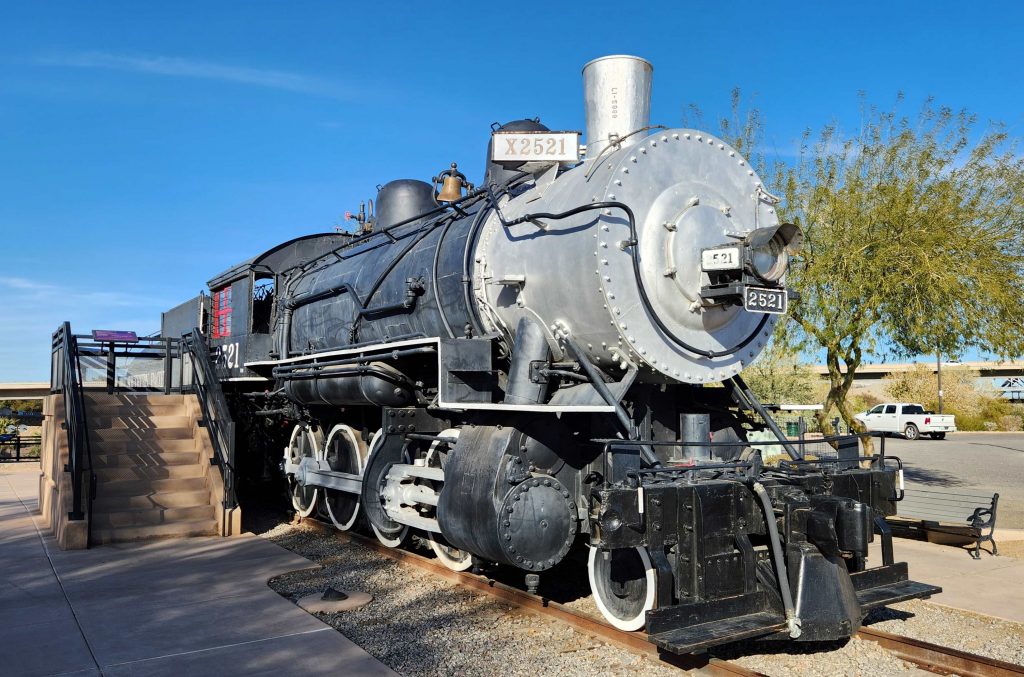


This afternoon, we left Yuma, and drove norhtheast, through the Yuma Proving Grounds, and into the Kofa National Wildlife Refuge (an hour, including 7 miles of dirt road) to Castle Dome Mine Museum, to learn about the galena mining done in the area. Spent a couple of hours there, but did not take the tour into the mine.
Final note, it is warmer in Yuma, a little, for a little while. One more stop (Tucson) before we get back to below freezing temperatures over night (Bisbee).
Off for Tucson tomorrow!
For more pictures, see Adventure Album: South thru Arizona
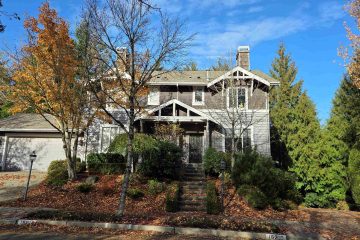
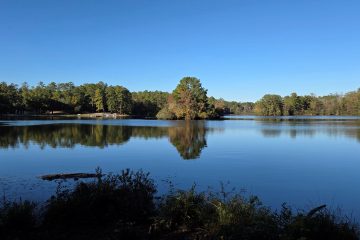
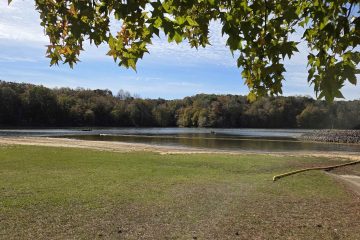
0 Comments